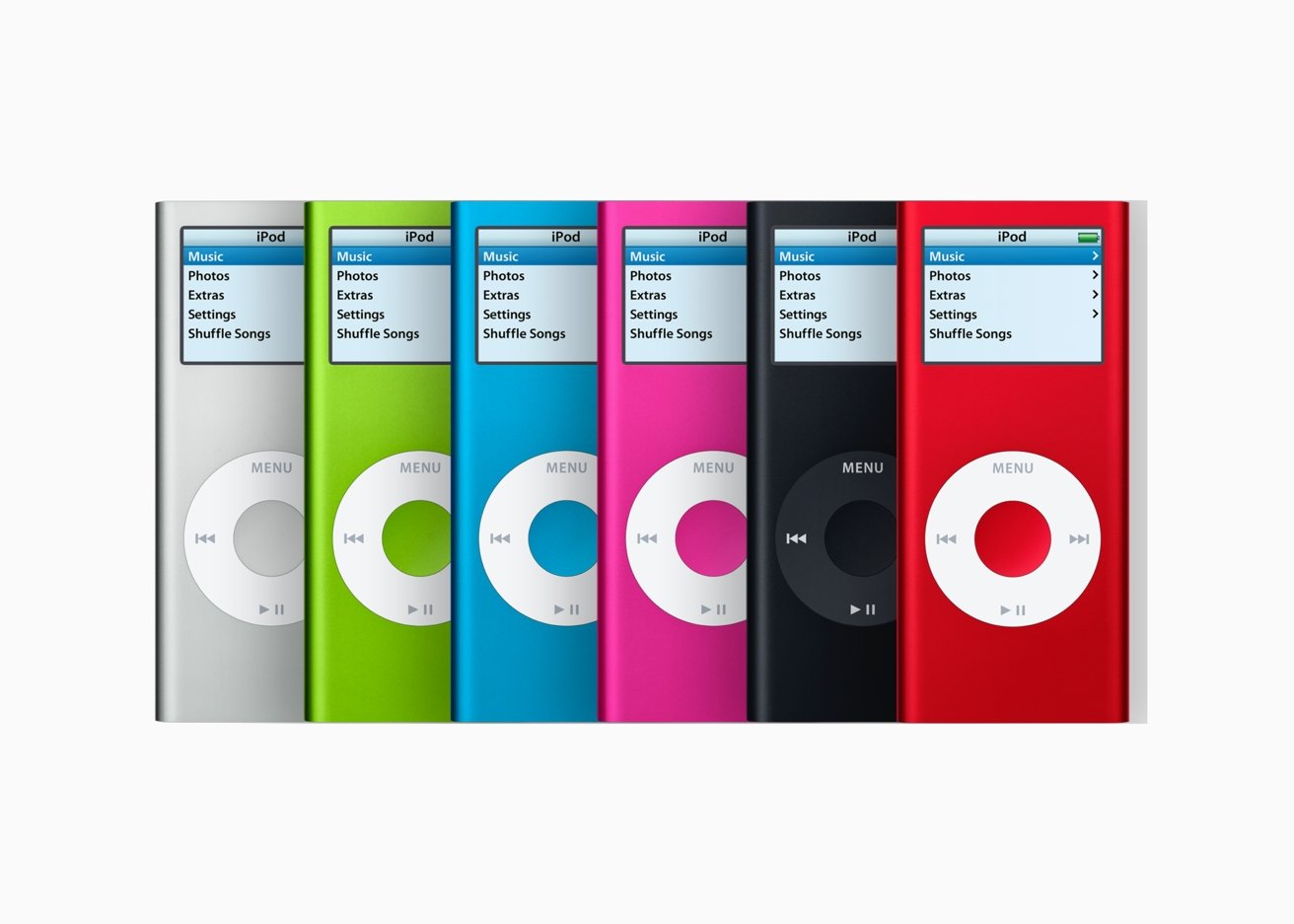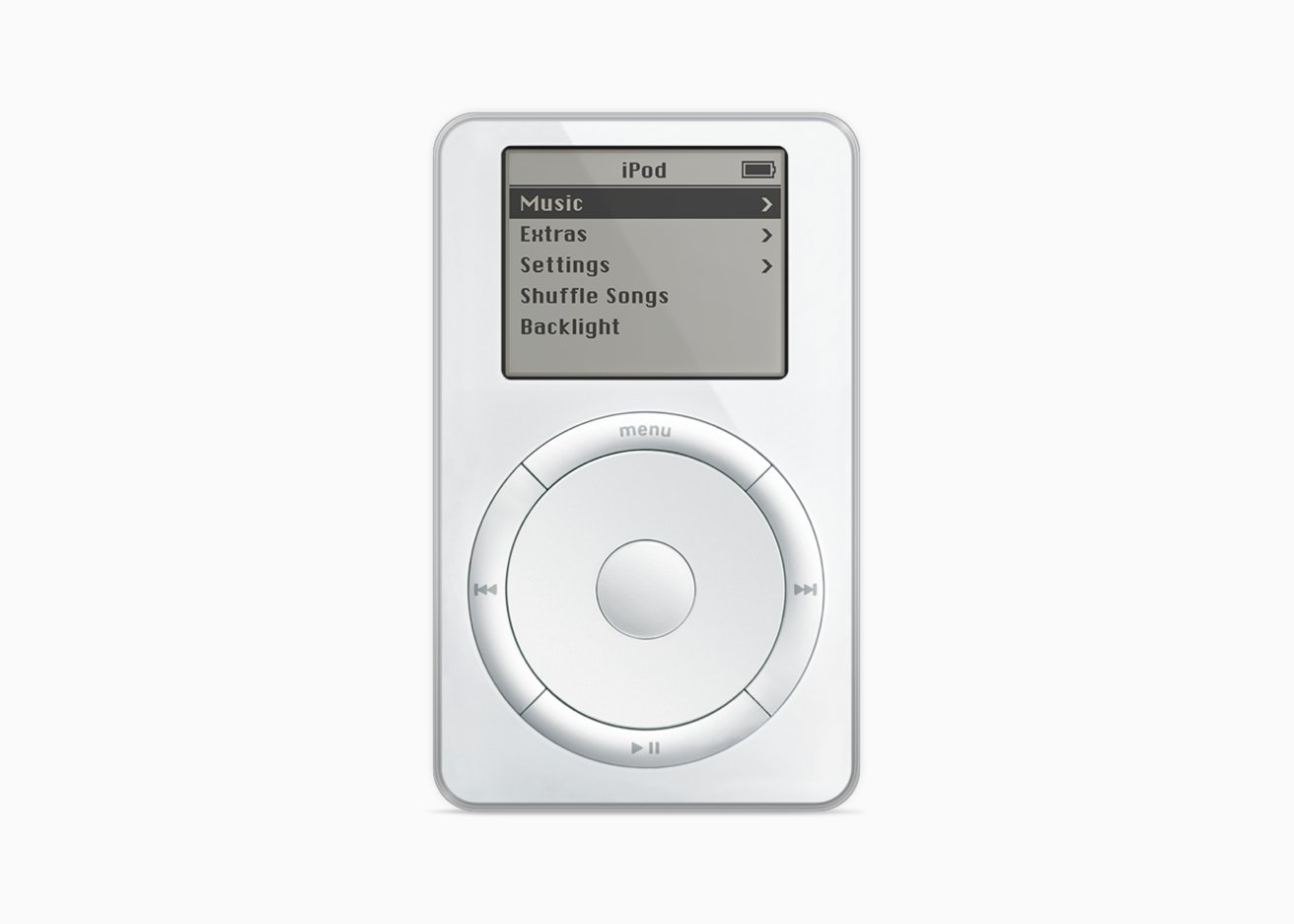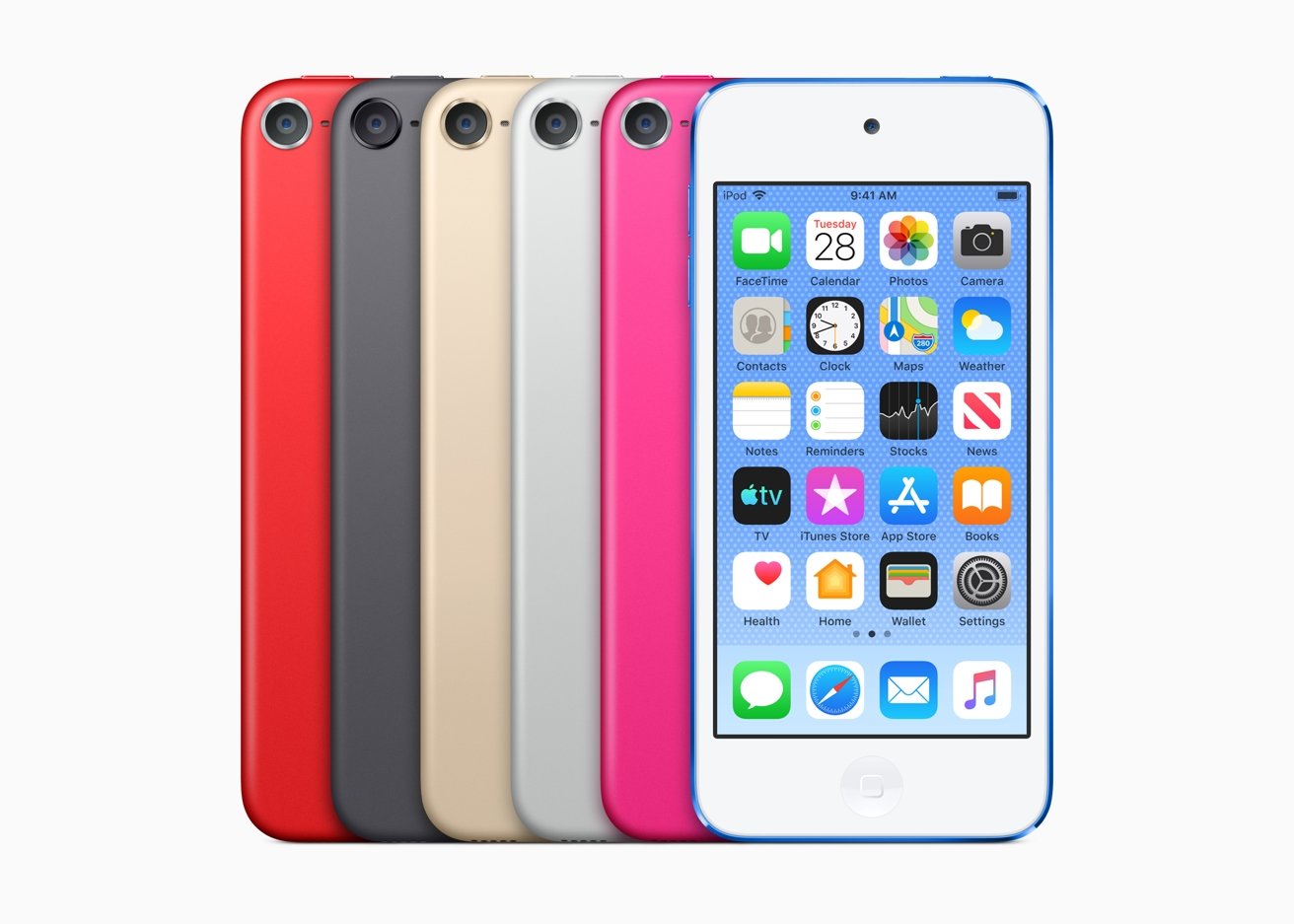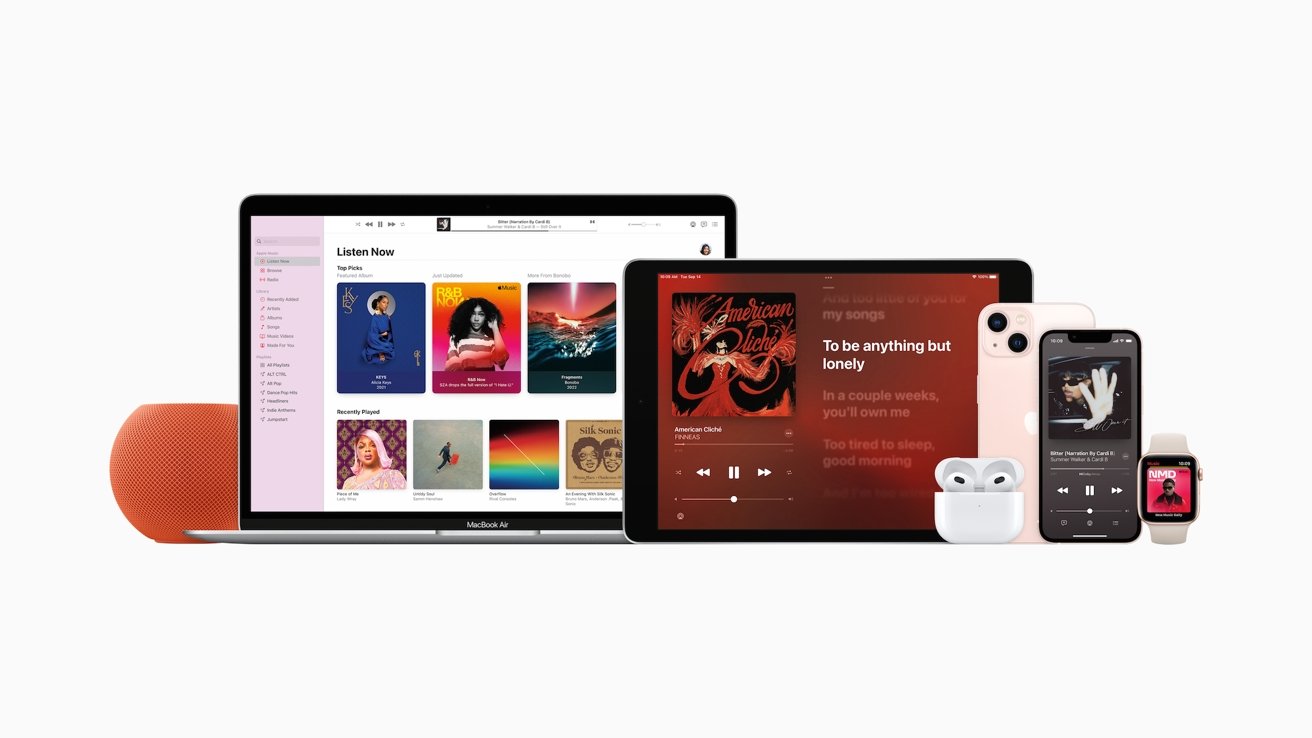
It was the iMac that saved Apple Computer, but it was the iPod that made the company into a consumer technology hit — and it lasted for an amazing 21 years.
From launch to discontinuation, the iPod lasted 7,504 days, and across that time it went from limited appeal, to incredible mass market hit, and on to being practically forgotten. Originally, if only briefly, just for Mac users, the iPod somehow managed to be become both a status symbol and ubiquitous, all at the same time.
"We lured you here today," Steve Jobs told assembled journalists on October 23, 2001, "with the promise of a breakthrough digital device that's not a Mac. And that's exactly what we're going to do."
"We love music, and it's always good to do something you love," continued Jobs. "More importantly, music is a part of everyone's life. But interestingly enough, in this whole new digital music revolution, there is no market leader."
At this point, there were CD players, limited Flash players, both of which held around 15 songs. There was an MP3 CD format that held 150 songs, and there were hard drives that held 1,000 tracks.
"We looked at this and studied all of these, and that's where we want to be," said Jobs. "iMac, iBook... iPod."
Subscribe to AppleInsider on YouTube"iPod is an MP3 player that has CD-quality music," continued Jobs. "The coolest thing about iPod is that your entire music library fits in your pocket."
The iPod revolutionized music
Apple's iPod was far from the first MP3 player. Even its software was based on the existing SoundJam which Apple bought in early 2001. But the renamed and redesigned iTunes made the iPod the first music player anyone could use, and everyone would want.
Reportedly, the name iPod was coined by freelance copywriter Vinnie Chieco, who was reminded of "2001: A Space Odyssey" and the line "open the pod bay doors, Hal."
At the launch, Jobs made it sound as if the iPod was driven by the love of music, but it also came a from a very practical chance. Apple's Jon Rubinstein was shown a 5GB miniature hard drive by Toshiba engineers who had made it practically as a proof of concept.

The developers certainly had no customer in mind, no project. When it was shown to Rubinstein, though, he recognized its worth.
With fast approval from Jobs, Rubinstein bought Toshiba's entire inventory to make the iPod. It cost ten million dollars, or $15.63 million in today's money.
That set up the insides of the iPod, and the famous wheel design came from Phil Schiller. But ultimately the rest of the hardware design was developed by Tony Fadell, who would later become known as the father of the iPod.
He's certainly the father of it coming to Windows as soon as it did. Fadell says that he had to get journalist Walt Mossberg to see Steve Jobs and persuade him not to limit the iPod to the Mac.
Launched to no fanfare
In its news story covering the launch of the iPod, the New York Times quoted an analyst saying that it was nice for Mac users. "But to the rest of the Windows world, it doesn't make any difference," the article correctly declared.
Even so, Jobs told the newspaper that Apple might have trouble meeting the initial holiday demand. And, naturally, he predicted that the iPod would inspire customers to buy Macintoshes.
Curiously, the iPod got more of a rave from PC Magazine. "Leave it to Apple to come out with the world's coolest — and dare we say best — MP3 player," said a review headline "Not just candy."

"Its usefulness and simplicity make it a standout product, even for the price," it continued. "Our only gripe: while the Mac-friendly iPod is available now, a rumored PC version won't appear until spring, if ever."
The first Windows version was launched in July 2002.
The iPod takes off
That Windows version was officially the second generation iPod, and it was followed by a third in 2003. A fourth, called the iPod photo, came out in 2004, which was when Hewlett Packard briefly released a badged version.
But if the specifications kept improving, and the storage capacity kept getting higher, the iPod was always more than the sum of its technology.
Just as you today see AirPods everywhere, back in the early 2000s, you saw everyone wearing the famous white earbuds. Whether they were using an iPod, or the later iPod mini, and the iPod nano, the earbuds were the same.
It was impossible to imagine how successful the iPod was going to become — and then at the height of its success, it was inconceivable that it would ever go away, that there would ever be a rival.
Ultimately, the iPod's biggest enemy turned out to be Apple itself. First it took the iPod mini, the world's biggest selling music player, and completely discontinued it — in favor of the iPod nano.
That was Apple being willing to sacrifice a hit when it believed it had another one.
And then in 2007, it really did believe it had another hit. Apple brought out the iPhone, or what Steve Jobs introduced in part as being "a widescreen iPod with touch controls."
At the height of iPod success, it really looked as if the iPhone just might unseat it as the best music player to buy. When your iPhone does everything your iPod can and so very much more, it was surely the end for the single-purpose music player.
However, that wasn't the end of the iPod.
The iPod touch
Apple debuted the first iPod touch in September 2007, a few months after Apple debuted the iPhone. Taking a broad view of the iPod's history, the device lasted another 15 years after the iPhone dropped.
The first iPod touch looked much like Apple's original iPhone. It had a 3.5-inch display, multi-touch, and Wi-Fi. It was essentially an iPhone for those who didn't want call functionality.

From there, Apple kept iterating on the iPod touch. A version with built-in speaker and an even thinner designed debuted in 2008. That model was also the first to sport the App Store.
The iPod touch lacked a camera and microphone until 2010 with the release of the fourth-generation version. At the same time, the 2011 model finally brought iMessage, notifications, and iCloud. It took until the fifth-generation in 2012 to receive an LED flash.
Each change to the iPod touch brought only incremental updates, given that the company was busy focusing on the iPhone, Apple Watch, and other devices. However, the iPod touch remained a popular device for both consumer and enterprise clients.
And, until the middle of 2017, the iPod touch wasn't even the only model available.
iPod's decline
Although the iPod touch was the most recently available Apple music player, the very last iPod nano and iPod shuffle models were actually available up until the middle of 2017.
It's easy to forget that, in the era of the Apple Watch and iPhone, customers could still buy an iPod nano.
The seventh-generation iPod nano, which was first launched in 2013, actually sported a 2.5-inch touchscreen display with video playback and Bluetooth capabilities. It also packed a Lightning connector instead of a 30-pin port.
Seeds of other future devices
That iPod nano had an unexpected extra life as some users strapped one to their wrists and so had an Apple Watch years before anyone else did.
AppleInsider writer Wesley Hilliard says he loved his iPod nano watch. "A computer on my wrist," he says. "Just unheard of at the time. I used wired headphones up my jacket sleeve to listen to music."
Conceivably, it was users like him that prompted Jony Ive and co to develop the Apple Watch, which would come out in 2015. It's more likely that the Watch was already being planned, but the popularity of this unplanned watch must have helped.
Perhaps no one actually continued using the iPod nano as a wristwatch after the Apple Watch came out, but it still kept being sold. The humble screen-less iPod shuffle — released in 2010 — was available for a full seven years. The fourth-generation variant of that lineup had a simple design with little else but click controls and a headphone jack.

While the iPod's popularity declined once streaming services like Spotify and Apple Music gained ground, they lasted longer than one would expect. That's mostly because of the iPod touch's longevity — and for reasons beyond the consumer market.
The end of an era
When that last iPod touch debuted, it was already underpowered. It was an A8 machine, in an A10 world, behind the curve from birth.
Apple called it a good starter device, or a good machine for kids. It was less that, than it was a machine for enterprise, which is why it lived for so long.
It is used by the thousands in enterprise, at restaurants, and at amusement parks. Instead of a thousand-dollar iPhone, that iPod touch got jammed in bespoke cases, embedded with extended batteries and card swipers, or special RF readers, or any one of a number of peripherals.
So, while consumers won't be able to buy them them after supplies are exhausted, they will still exist for a while. We've already found out that the enterprise supplies are a different stock bin than the consumer-oriented ones are.
So, while the iPod branding may be gone, it's more than just nebulous influence that Apple talked about in their press release this morning that will be felt. They'll still be a part of day-to-day life for at least a few more years.
And who knows. Enterprise clients may yell loudly enough for a refresh in a half a decade. Stranger things have happened, and Apple has inexplicably maintained other products like the iPad 2 and Apple Watch Series 3 for longer.
Grab an iPod while you can
Apple resellers still have inventory left in stock, so if you want to pick up an iPod touch head over to Amazon or B&H Photo. And to compare our prices on the remaining supply, visit our iPod touch Price Guide.